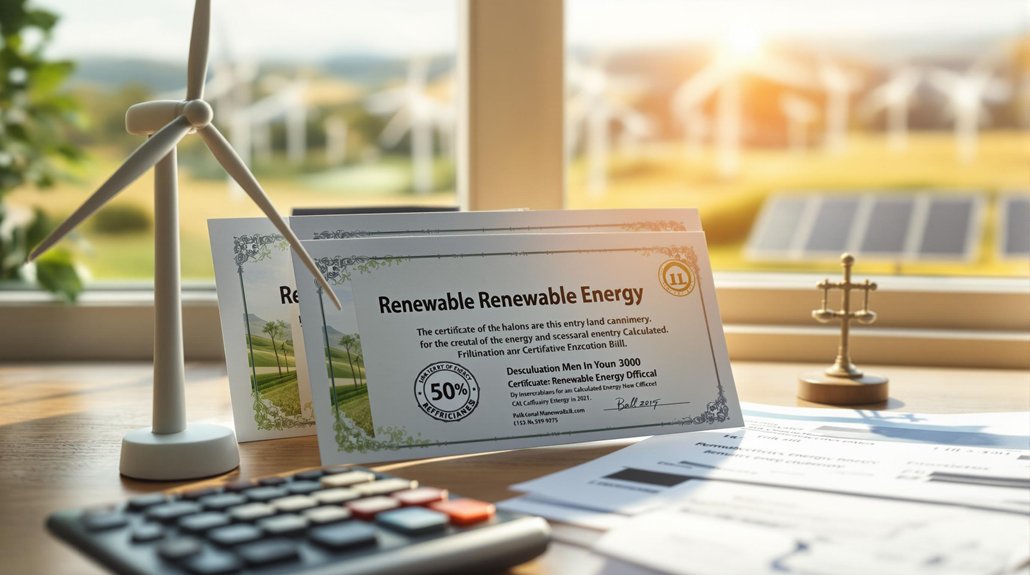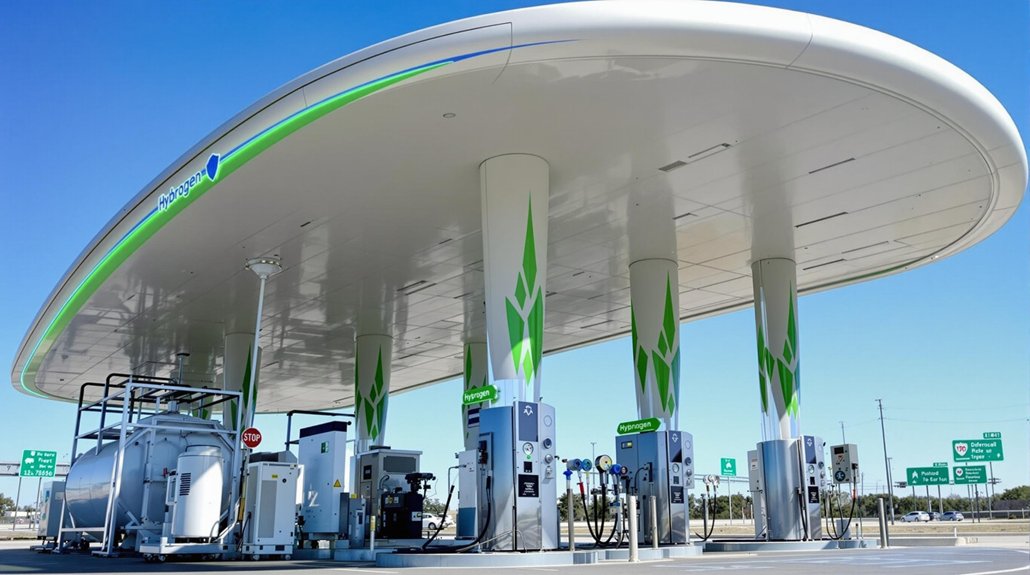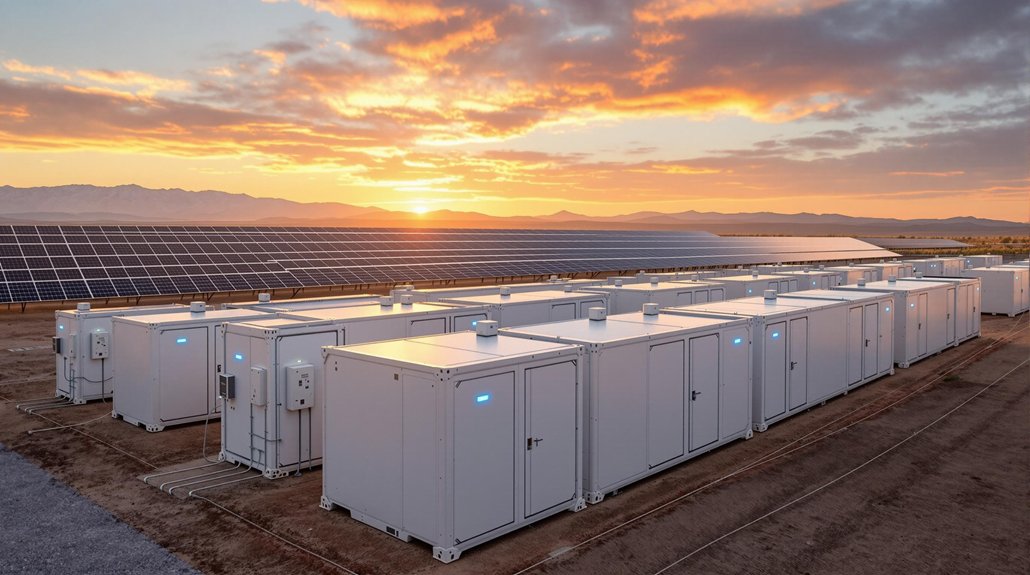Renewable Energy Credits (RECs) represent one megawatt-hour of clean electricity. Buyers first calculate their energy usage, set renewable goals, and determine their budget. They then choose between unbundled RECs (separate from electricity) or bundled RECs (included with power purchases). Prices range from $0.50 to $10 per MWh for standard RECs, with solar RECs costing more. After purchase, RECs must be officially “retired” to claim renewable energy use. The following steps break down the process further.

Renewable Energy Credits (RECs) offer a straightforward way for individuals and businesses to support clean energy production. Each REC represents one megawatt-hour (MWh) of electricity generated from renewable sources like wind, solar, hydro, or biomass. They’re separate from the physical electricity and track the “green” attributes of power generation. Organizations use RECs both for compliance with renewable energy mandates and to make claims about using renewable energy.
RECs provide a simple mechanism to support renewable energy, each representing one MWh of clean electricity generated from sustainable sources.
The first step in purchasing RECs is calculating annual electricity consumption in MWh. Organizations then set renewable energy goals, such as getting 50% or 100% of their power from renewable sources. They must consider if they’re buying RECs for compliance requirements or voluntarily. Budget constraints and preferences for specific renewable sources also factor into this decision.
RECs come in several types. Unbundled RECs are purchased separately from electricity supply. Bundled RECs come included with electricity purchases. Some RECs come from specific projects or facilities. Buyers can choose between national RECs or state/regional ones. Green-e certified RECs offer added credibility.
Several sources sell RECs. These include utilities with green power programs, third-party REC marketers and brokers, REC tracking systems like WREGIS and M-RETS, energy suppliers in deregulated markets, and direct purchases from renewable generators. Similar to carbon credit markets, specialized registry organizations ensure proper verification and certification of renewable energy credits.
Prices vary widely. National RECs cost between $0.50 and $10 per MWh in 2024. Solar RECs can cost $10 to over $400 per MWh in some markets. State-specific REC prices vary based on local policies. Large purchases often qualify for volume discounts. Each REC has a unique identification number to ensure proper tracking and prevent double-counting in the market. The global REC market is experiencing rapid growth with projections showing an increase from $16.22 billion in 2024 to $185.03 billion by 2034.
After purchase, RECs must be “retired” to claim renewable energy use. This prevents the same green attributes from being counted twice. Organizations typically report their REC purchases in sustainability reports. Many use EPA Green Power Partnership resources for guidance.
It’s common to evaluate REC strategy yearly and adjust as needed.
Frequently Asked Questions
What Is the Average Cost of a Renewable Energy Credit (REC)?
Renewable Energy Credit (REC) prices vary widely across markets.
In the national voluntary market, RECs typically cost between $0.50 and $10 per megawatt-hour (MWh).
Compliance market prices range from $2 to $60 per MWh.
Solar RECs command higher prices at $10-$400 per MWh, while wind RECs sell for $1-$15 per MWh.
Prices fluctuate based on location, energy type, certification standards, and market demand.
Can RECS Be Resold to Other Individuals or Organizations?
Yes, RECs can be resold to other individuals or organizations before they’re retired.
This trading happens through established tracking systems that transfer ownership. RECs in both compliance and voluntary markets are eligible for resale, though restrictions may apply in some jurisdictions.
Each REC has an expiration date that limits its resale window. The resale value depends on factors like quality, vintage, and geographic eligibility requirements.
How Long Does It Take for REC Purchases to Process?
REC purchases typically process in 1-3 months. Small volume transactions finish faster, while larger ones take longer. Most brokers complete deals within 30-60 days.
The timeline depends on several factors: volume being purchased, contract complexity, REC availability, verification requirements, and payment processing.
The process includes consultation, sourcing, negotiation, agreement execution, and final delivery.
Rush orders are possible but may cost more.
Do RECS Qualify for Federal or State Tax Incentives?
RECs don’t qualify for federal tax incentives. The Investment Tax Credit, Production Tax Credit, and Clean Electricity credits exclude REC purchases.
Most states don’t offer tax benefits for REC buyers either. California, New York, Texas, and Massachusetts provide no specific tax incentives for purchasing RECs.
For businesses, RECs are typically treated as intangible assets. While they may be deductible as business expenses, they don’t qualify for accelerated depreciation.
Will Purchasing RECS Affect My Current Utility Provider Relationship?
Purchasing RECs won’t change a customer’s relationship with their utility provider.
The utility continues delivering electricity and billing for it as usual. RECs are bought separately, often through a third-party provider, resulting in a separate bill.
There’s no need to switch or terminate existing utility service. The physical electricity delivery remains unchanged, and the customer’s utility contract and rates stay in effect.









